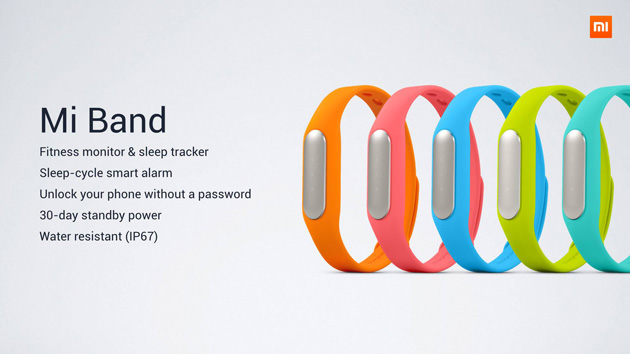Earlier today at the IFA trade show in Berlin, Samsung announced four new products coming this fall. Besides Galaxy Note 4, the expected update of its popular “phablet” series, the South Korean tech giant also unveiled Galaxy Note Edge, the new Gear S smartwatch, and the Gear VR, a virtual reality headset. Throughout the event, four major industry trends stood out with each of Samsung’s new offerings:
The screens are getting bigger
With Apple rumored to introduce iPhones with bigger screens next week, it came as no surprise that Samsung doubled down its “phablet” offering with Note 4 and Note Edge, along with a smartwatch that features a 2-inch screen. But the screens aren’t just getting bigger; they are also getting curvy. The futuristic Galaxy Note Edge features a display that curves around one side of the phone and a special OS that makes good use of the warped screen. Plus, the new Gear S also has a curved screen that fits on your wrist naturally
The smartwatch is coming into its own
Having released five smartwatches since the initial introduction of its Samsung Gear last year, Samsung stepped up its wearable game by introducing a vastly improved Gear S. Thanks to its nano-SIM card support, the Gear S can make calls, receive emails and texts, and generally operate semi-independently. It does not completely operate as a standalone, but it does point to a future where smartwatches might become less of an accessory and more of an independently functional device.
Tech continues to collaborate with fashion brands
The trend of consumer tech teaming up with fashion brands continues as Samsung collaborates with Swarovski to offer crystal-studded phone cases for Note 4 and similarly bedazzled straps for Gear S. The collaboration follows a successful partnership between the two brands at the recent NY Fashion Week. This trend will most certainly continue, as such integration helps normalizing the otherwise “geeky” new tech products in a way that is mutually beneficial for both industries.
Virtual reality is on the rise
Samsung is pushing in on the virtual reality trend with a headset. Built in partnership with Oculus, the Samsung Gear VR allows users to wirelessly mount the new Galaxy Note 4 in front of their eyes and use the device for gaming and watching movies. Samsung is also teaming up with major media companies to produce entertainment content specifically made for immersive virtual reality experiences.


